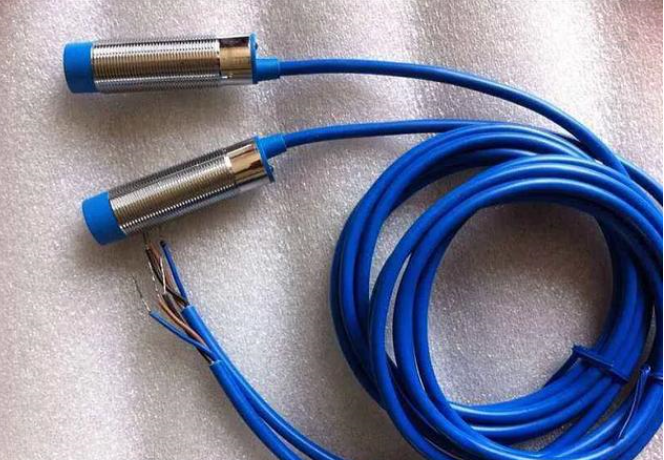 Search on WeChat
Search on WeChat Technical Training
Technical Training
First, it is important to clarify that if the sensor is already broken, it is meaningless to short-circuit it!
The sensor, as the first line of defense for measuring input, converts the measured variable into a measurable signal, which can be an analog signal, a digital signal, or other forms of signals. Therefore, the sensor is a crucial component for achieving automatic detection and control. With the continuous advancements in sensor technology, there are now a wide variety of sensors available.
For example, thermocouples, resistance temperature detectors, capacitive sensors, piezoelectric sensors, strain gauges, speed sensors, displacement sensors, concentration sensors, flow sensors, and liquid level sensors all play vital roles in various fields.
If it is a temperature sensor, such as a thermocouple or resistance temperature detector! If the thermocouple sensor is broken, short-circuiting the signal line will display the temperature at the short-circuit point on the instrument. If the resistance temperature detector is broken, such as being burned out or short-circuited, the output signal itself is incorrect, making short-circuiting the signal line meaningless. If only the signal line is broken and it is not a common signal line, short-circuiting can be a temporary solution. For analog sensors, if they are broken, short-circuiting the signal line is not very meaningful because they may not output any signal at all.

For digital sensors, such as proximity switches, the same principle applies. If it is damaged, even if an object approaches its sensing range, it will not trigger a logical change; it will either remain normally open or normally closed. Moreover, there is only one signal line, and the saturation and cutoff of the transistor control whether this line is at a high or low level, so there is no need to complicate things!
I remember once a newcomer wanted to measure the signal from a transmitter, which outputs a two-wire current signal. Instead of connecting it in series in the loop to measure the signal, they directly connected the multimeter to the two terminals of the instrument, instantly cutting off the power to the instrument. Fortunately, modern smart instruments come with short-circuit protection; otherwise, the instrument would have been damaged.
From this, it can be seen that it is strictly prohibited to short-circuit the signal line of a normally functioning analog instrument, as it can lead to instrument damage, and in severe cases, cause production accidents resulting in unnecessary economic losses..
HISTORY/Previous Recommendations
Complete question bank for the 2021 junior electrician exam (including answers)
Is troubleshooting inverter faults difficult? Just one click!
Can you sweep through all electrical exam questions with one click? Don’t you have this amazing tool yet?
Which of the five major electrical drawing software (CAD, Eplan, CADe_simu…) do you pick?
Latest electrical version CAD drawing software, with a super detailed installation tutorial!
Latest electrical drawing software EPLAN, with a super detailed installation tutorial!
Common issues for beginners using S7-200 SMART programming software (with download link)
Comprehensive electrical calculation EXCEL sheets, automatically generated! No need to ask for electrical calculations!
Bluetooth headphones, electrician/PLC introductory books are available for free? Come and claim your electrical gift!
Basic skills in PLC programming: ladder diagrams and control circuits (with 1164 practical cases for Mitsubishi PLC)
Still can’t understand electrical diagrams? Take the basics of electrician diagram reading and simulation software, and quickly get started with theory and practice!
12 free electrician video courses, 10GB of software/e-books, and 30 days of free live electrician courses are being given away!

Don’t forget to like and share! 
 Click “Read the original text” to learn PLC/electrician courses for free.
Click “Read the original text” to learn PLC/electrician courses for free.